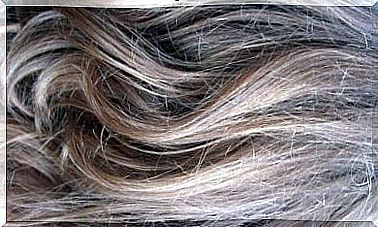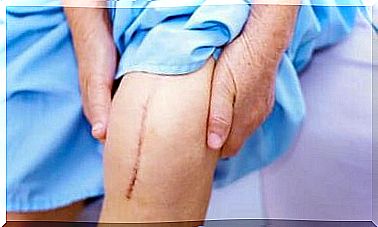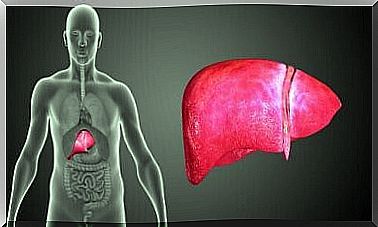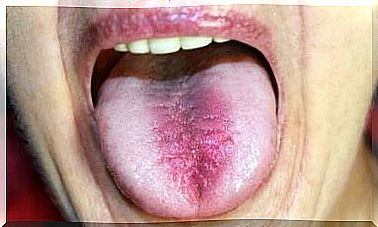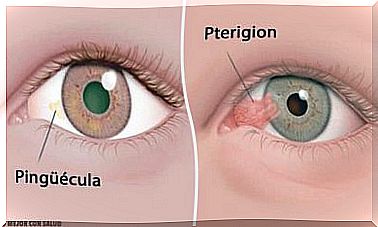Biofeedback: Combat Stress Through Relaxation Techniques
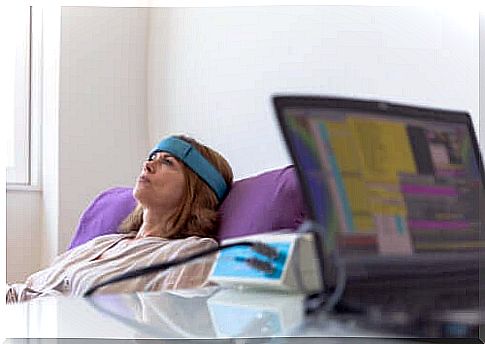
The term biofeedback or biofeedback is not very well known, but the benefits of this technique are interesting. If you’ve been stressed out for a while and nothing has worked for you, maybe it’s time to give it a try.
Biofeedback can help you, but why did we choose this concept? What do you mean? It is a type of therapy that uses sensors. They connect to your body and what they do is measure your bodily functions to determine your stress level.
How can this help? The technique allows you to better understand how your body works so that you can manage stress. We will explain everything in more detail below. Stay with us.
How does biofeedback work?
The biofeedback works very simply. Sensors are placed in specific regions of your body, for example, on your earlobes or on your scalp. The important thing is that they are in contact with the skin.
There is something very interesting: you will actively participate in the process. What this means? Well, biofeedback is not a technique that you will participate in passively. In this case, you’ll watch the results displayed on a screen in real time to see how you’re reacting.
It is for this reason that St. Jude Children’s Research Hospital emphasizes that this is an iterative process in which you achieve a connection to the body that you have never achieved before.
Biofeedback methods
Biofeedback methods are tailored to individual needs. Depending on the health problems you are having, the most suitable one will be chosen for you. This individualization guarantees a better result.
Therefore, before starting, it is advisable to have a personal interview to find out what you need, because stress can affect us in different ways.

brain waves
This is one of the recommended biofeedback methods if you tend to suffer from migraines or stress headaches. The sensors will be placed on your scalp or temples, and what you’ll see are brain waves thanks to an EEG.
It’s an interesting way to find out how stress affects the brain. It’s amazing!
Breathing
Another method focuses on breathing if stress prevents you from having adequate breathing dynamics or if you suffer from a feeling of shortness of breath. Sensors are often placed on the abdomen and chest to analyze the breathing pattern and rate.
heart rate
A heart that beats too fast (tachycardia) may find answers in biofeedback. With sensors placed on the chest, lower torso and wrists, you will be able to know how your heart rate is and how it varies. It may be that, before the stress sets in, your heart starts beating more often, getting ahead of the stress itself.
Muscular contraction
Cramps, tight muscles, contractures. Stress can damage the body, and biofeedback addresses that too.
Sensors are placed in skeletal muscles to closely observe the electrical activity that is causing the muscles to contract.
Activity of sweat glands
In biofeedback, you can see how your sweat glands are doing. As you well know, due to stress, you may sweat more than normal or perspire a lot.
With sensors that will be placed around your fingers or palms, you will be able to analyze how your body responds to stress.
Temperature
Finally, another method of biofeedback is to measure temperature, as with stress it tends to decrease or sometimes rise. How will your body respond? You can find out with the sensors that will be placed on your fingers.
Benefits of Biofeedback
Now that you know a little more about biofeedback, you’ve certainly noticed its benefits. But let’s give more details so that there is no doubt. The exposed methods help you to get to know your body better and how it responds to stress.
But what can this be for? Well, to learn to anticipate an episode of stress or anxiety, calm your breathing, take a walk to calm down. That way you’ll avoid what you already know is happening to you, from a fast heartbeat, shortness of breath and nervousness to headaches.
Biofeedback is also beneficial so that you can solve your sleep problems, better control nausea and incontinence (urinary or fecal) that are sometimes linked to stress. Some studies explain its effect on constipation. Knowing your body will help you be more aware of the necessary control.
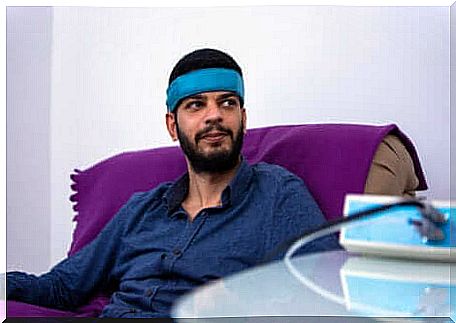
Contraindications for biofeedback
Despite all the advantages that this type of therapy has, it is clear that there are contraindications. The Mayo Clinic warns of the following:
- If you have any skin disorder, the sensors used in this type of therapy can generate an allergy. Therefore, if you tend to suffer from eczema or dermatitis, it is best to ask your doctor first if it is safe for you.
- If you’re having a heart rhythm problem, biofeedback may not give promising results on how you respond to stress. In this situation, we also advise you to discuss the matter with your cardiologist.
Choose a professional who specializes in biofeedback
Are you interested in this technique? If so, it is important that you choose the professional, who must be a certified therapist. Make sure the person you choose answers any questions you may have about how the procedure will be performed.
The truth is, biofeedback has many benefits. If you’ve already tried it, let us know about your experience.
